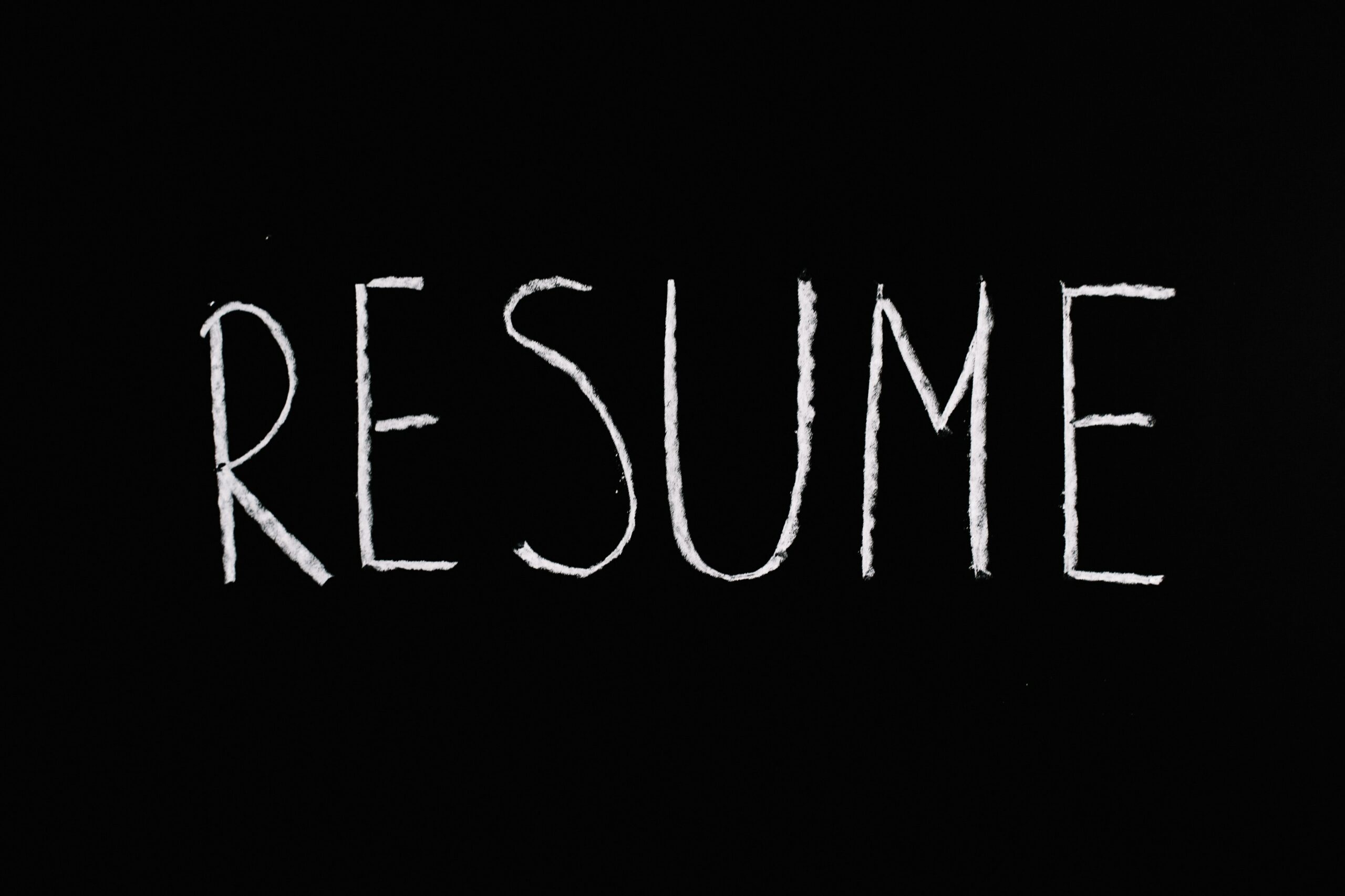Resume Tips for Career Changers
Changing careers has always been a challenge, even before 2020. One of the biggest hurdles for career changers is showing hiring managers how their previous work experience will help them succeed in their new role.
Did you know that recruiters only read each resume for an average of six seconds? That’s why career changers need to learn how to stand out and tell their story effectively.
Want to know how to get started?
Understand what recruiters are looking for
What do recruiters want? Someone who can do a job and do it well. Considering that recruiters review hundreds or thousands of resumes before they invite someone in for an interview, you don’t want to make them connect the dots between your past experience and the requirements for the job you want. Rather, you need to paint a clear picture of what you can do for the company.
There are several ways to do this:
Get a picture of your transferable skills
Look closely at the job description and do your best to reflect it in your resume as best you can. Not only will this help recruiters make a connection between your past experience and the job you’re seeking, but it will also help you get past digital screening tools that look for specific words on resumes.
Quantify your experience
A hiring manager will only interview someone who is effective and does the job well. The best way to prove that you are that person is to show that you have a track record and have been effective in your previous positions.
The good news is that you don’t have to be a financial expert or in a leadership position to quantify your work experience. Just start by asking yourself these questions:
- How much did you do?
- How often did you do it?
- What were the tangible results, and over what period of time?
Here are a few examples of statements that quantify work experience:
- Managed public relations, including 100+ press releases and 10 media kits, for 10 financial services clients.
- Reviewed 25 submitted articles per day and selected the top two for publication in the next day’s newspaper.
- Launched a six-month capital campaign that raised $8.2 million in donations, a 30 percent increase over the previous year’s campaign.
Write a summary section at the beginning of your resume
For the average job-seeker, a summary section is often redundant, a poor use of valuable space. However, for a career changer or someone with a non-linear career path, a summary can be a valuable asset. A good summary is a great resource when it comes to telling your story and making your mark.
It’s also important to make the most important words stand out in your summary. You can do this in two ways:
- Bold certain words or phrases in your summary that you think are most important to the recruiter when skimming your resume.
- Include a “Core Competencies” or “Skills” section below your summary (these should also align with your transferable skills).
Overall, your summary should follow this format:
- Top: List three descriptions of who you are, e.g., “Political Campaign Professional, Business Operations, Account Management.”
- Middle: Briefly quantify your experience to demonstrate your impact.
- Bottom: List key skills or competencies that align with your transferable skills.
Your own narrative
Tell your story so the recruiter has no choice but to leave with the impression they should have of you. Before you write or edit your resume, make sure you have a clear idea of the image you want to leave the recruiter with – one that portrays you as the perfect candidate for the job based on your diverse experiences, not despite them.
Looking to make a career change or start a new job? Try FindMyJob.lk today to find the perfect job you dream of.







